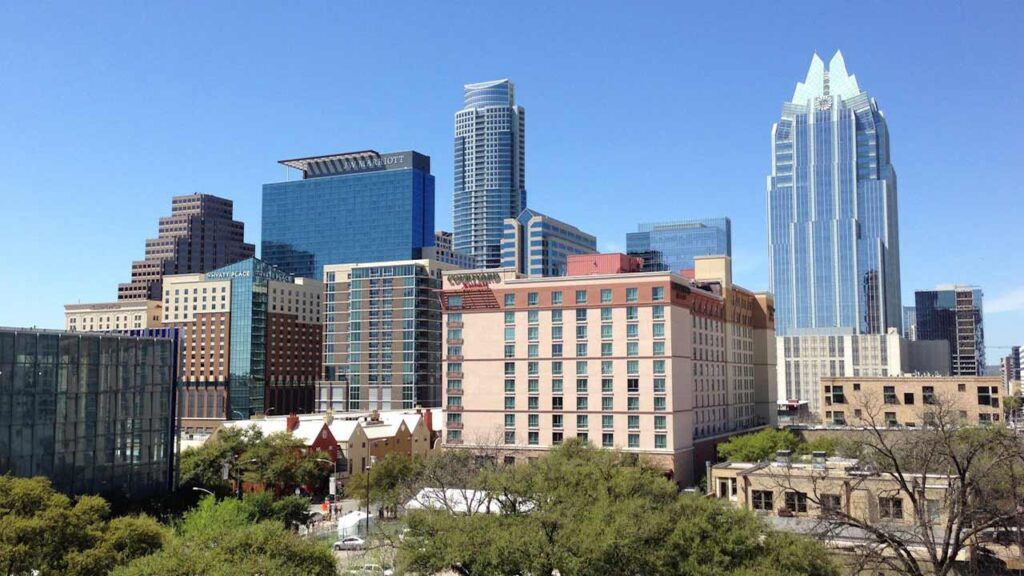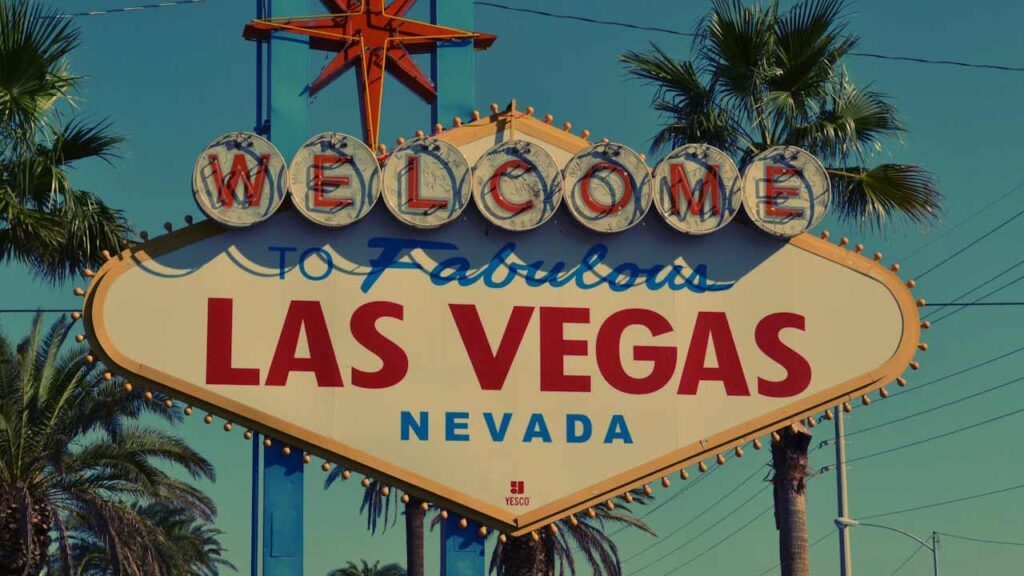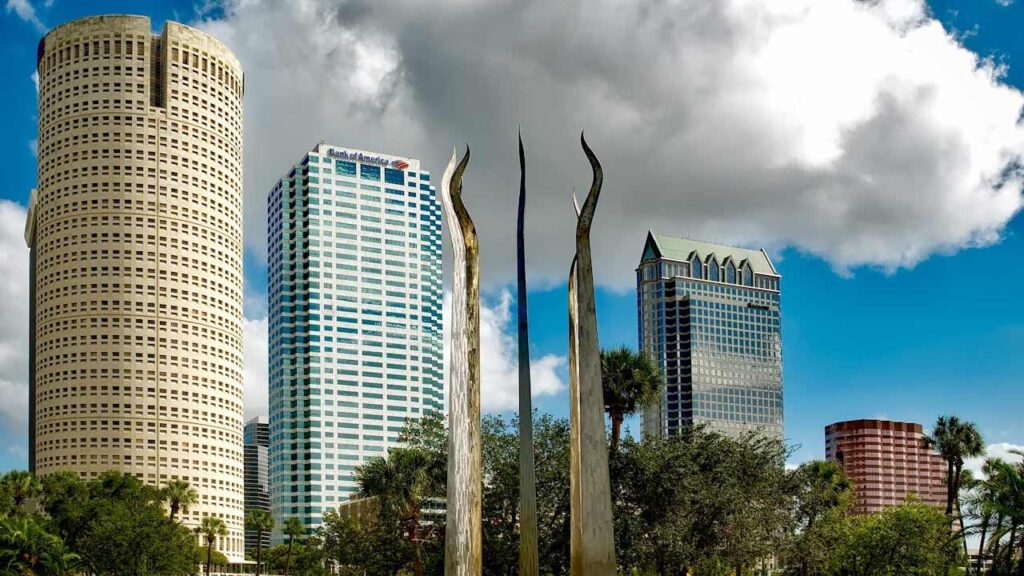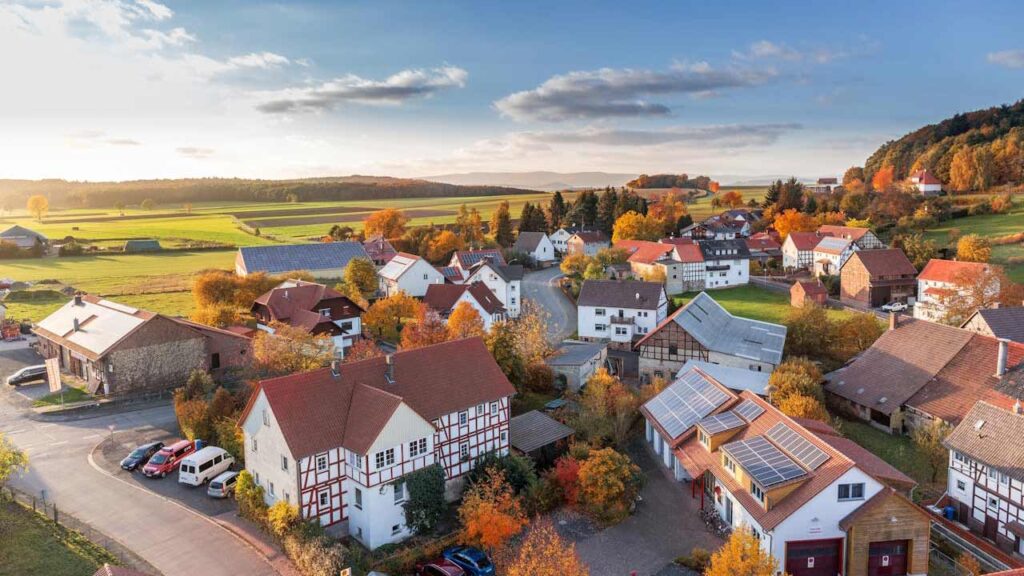Not all growth is good growth. While some cities are still pulling in headlines for home price surges and population spikes, smart investors are starting to pump the brakes. Whether it’s oversupply, inflated prices, or shaky fundamentals, these five markets are raising red flags—and the pros are quietly moving their money elsewhere.
1. Austin, Texas

Austin had its moment—and then some. But after two years of rapid appreciation, prices are cooling fast. Inventory is up, tech layoffs have hit demand, and bidding wars have mostly disappeared. What was once a high-growth play now looks more like a correction waiting to finish.
Rental yields are thinning, and investors say the numbers just don’t pencil out the way they did in 2020. Unless you’re getting in at a steep discount, Austin may be more hype than opportunity right now.
2. Boise, Idaho

Boise became a pandemic darling—drawing remote workers from California and Seattle. But the sudden demand led to prices rising over 60% in two years, pricing out locals and overheating the market. Now that interest rates are higher, demand has started to flatten out.
Investors are cautious because many of the recent buyers were owner-occupants at the peak. That means fewer deals, more downside risk, and a correction that’s already underway.
3. Phoenix, Arizona

Phoenix had massive inbound migration during the pandemic—but like other boom cities, it expanded too fast. Construction took off, which is now turning into oversupply in some areas. Add in rising insurance costs and softening demand, and margins are getting squeezed.
Seasoned investors are pulling back unless they find below-market opportunities or value-add deals. The days of easy flips and rising comps are over—for now.
4. Las Vegas, Nevada

Las Vegas is one of the most volatile real estate markets in the country—and once again, it’s showing signs of stress. Prices surged post-COVID, but wage growth didn’t keep up. Now, delinquencies are ticking up and inventory is climbing.
Many investors see it as too cyclical and too dependent on travel and tourism. When the economy slows, Vegas tends to feel it first—and bounce back last.
5. Tampa, Florida

Tampa has been on every “best cities to invest” list for the past few years. But that attention has come with a price. Cap rates have compressed, cash flow is harder to find, and insurance premiums are climbing due to coastal risk.
While population growth is still strong, experts say the market has become overcrowded with out-of-state investors. That’s driven prices up—and made it harder to find good deals that make sense long term.
The Bottom Line

Just because a city is hot doesn’t mean it’s smart to buy there. Real estate pros are looking past the headlines and focusing on long-term fundamentals: affordability, job growth, and cash flow. These five markets may still be buzzing, but for investors chasing stable returns, the risk-to-reward ratio is looking off.

Alexander Clark is a financial writer with a knack for breaking down complex market trends and economic shifts. As a contributor to The Daily Overview, he offers readers clear, insightful analysis on everything from market movements to personal finance strategies. With a keen eye for detail and a passion for keeping up with the fast-paced world of finance, Alexander strives to make financial news accessible and engaging for everyone.


